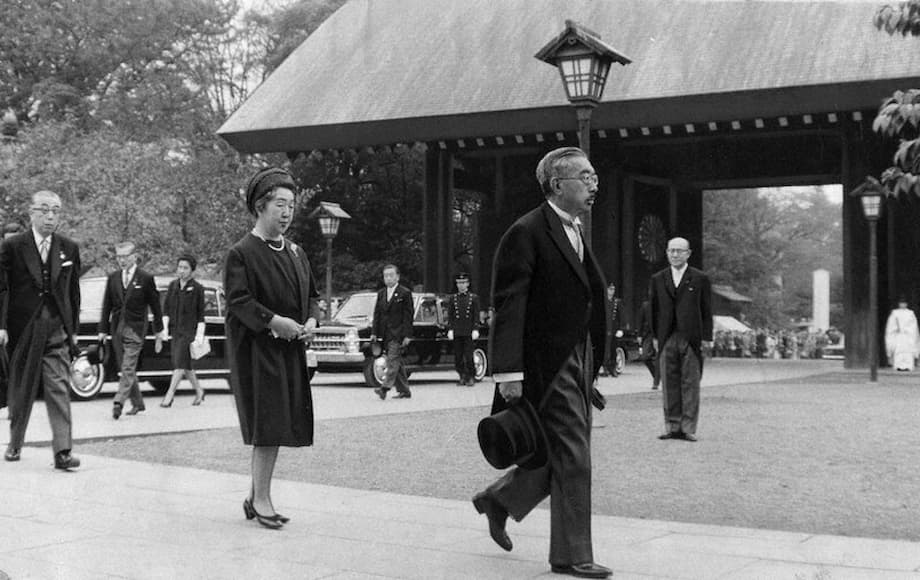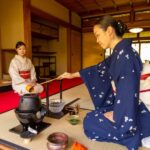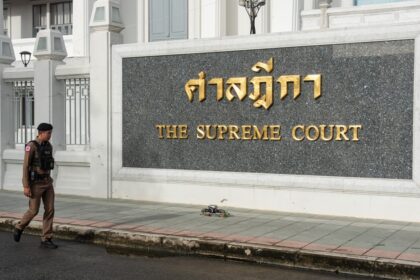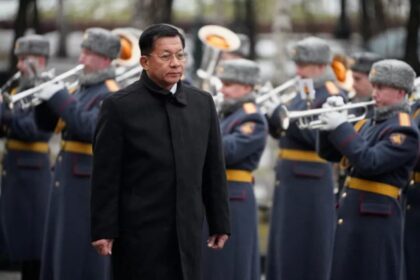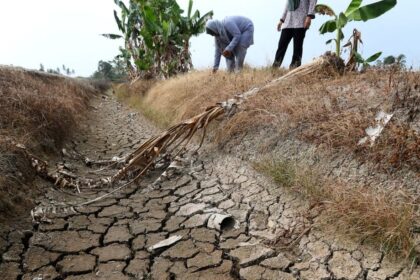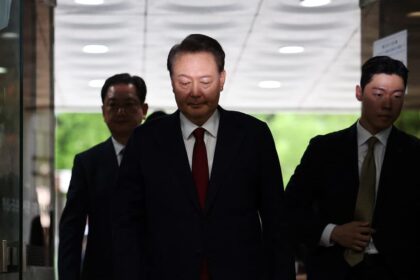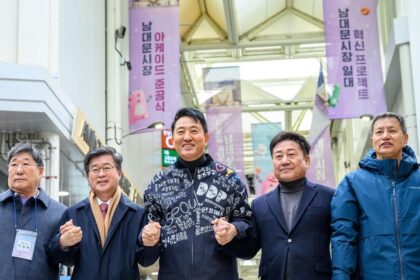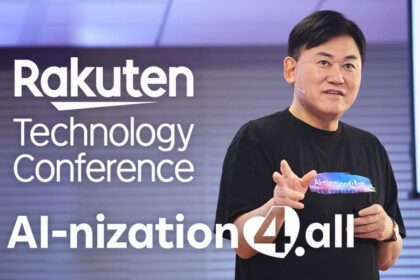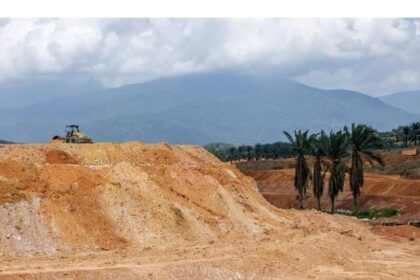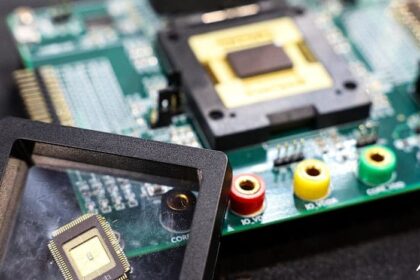How a new proposal reopened an old wound
Japan’s ruling party leadership race spilled beyond standard policy talk when Chief Cabinet Secretary Yoshimasa Hayashi floated a sensitive idea. He suggested that the Class A war criminals enshrined at Yasukuni Jinja in Tokyo could be separated from the other war dead. The comment, made during a television program while he sought support in the Liberal Democratic Party, goes to the core of how Japan remembers its wars and who may mourn at the country’s most contested place of remembrance.
- How a new proposal reopened an old wound
- Why Yasukuni matters at home and abroad
- Class A war criminals and the 1978 decision
- Can names be removed under Shinto practice
- Political stakes for the LDP and the prime minister
- Regional reactions and fresh friction
- Alternatives and paths to commemoration
- Key Points
Yasukuni sits in Tokyo’s Chiyoda Ward. It was closely linked to the state’s wartime mobilization before 1945. Today, approximately 2.47 million people who died in conflicts from the late nineteenth century through the Pacific War are honored there as spirits of the war dead. The list includes soldiers and civilian employees, nurses and students, as well as conscripts from Korea and Taiwan when those territories were under Japanese rule. For many families, visiting the shrine is a private act of remembrance. For many in Asia, it is a symbol of a painful past.
Hayashi, the government’s top spokesman and now a leadership contender, framed his idea in terms of inclusion and dignity. He argued that politics should make space for mourning without discomfort, including for the Imperial Family that has long stayed away from Yasukuni.
Creating an environment where people, including members of the Imperial Family, can place their hands together in prayer without a sense of discomfort is one of the responsibilities of politics.
His call touched a nerve. A note left by a former Imperial Household Agency chief indicates Emperor Hirohito felt deep discomfort about enshrining those judged most responsible for the war together with the rest of the war dead. He stopped visiting Yasukuni after November 1975. No reigning emperor has returned since. Political visits, beginning with Prime Minister Yasuhiro Nakasone’s official trip in 1985, have repeatedly sparked lawsuits at home and friction with China and South Korea.
Why Yasukuni matters at home and abroad
Founded in 1869, Yasukuni is a Shinto shrine that honors those who died in service to the state. Before 1945 it stood at the center of state Shinto, a system that sacralized loyalty and sacrifice. After the war, the shrine became a private religious corporation. On its grounds sits the Yushukan War Museum, whose displays have drawn criticism for portraying Japan as liberator of Asia while downplaying atrocities. That narrative adds fuel to the controversy surrounding political visits.
The shrine holds different meanings for different audiences. Many Japanese visit to pay respects to relatives named in the shrine’s registers. Conservative lawmakers say leaders should be free to honor the war dead and separate remembrance from wartime policy. Critics see Yasukuni as a symbol of nationalism and historical whitewashing, an image that resonates strongly in countries that suffered under Japanese military expansion.
Among the enshrined are 14 Class A war criminals from World War II, including wartime prime minister Hideki Tojo, along with more than 1,000 others convicted of war crimes by Allied tribunals. This mix of ordinary soldiers and convicted leaders is central to the dispute and to the diplomatic blowback when prominent figures go there to pray.
Who is enshrined at Yasukuni
Yasukuni’s registry includes military personnel and civilian military employees, mobilized nurses, and students who died in factory air raids or while serving in uniform. It also includes conscripts from Korea and Taiwan, then part of the Japanese empire. Names are written into a spirit ledger, or reijibo, and through rites they are enshrined collectively as eirei, heroic spirits of the war dead. Enshrinement does not depend on the consent of the individual or the family, a practice that has long troubled some bereaved relatives in Japan and abroad.
Class A war criminals and the 1978 decision
After the Allied occupation ended in 1952, the Health and Welfare Ministry worked with the shrine to provide information on the war dead. By 1959, the enshrinement of most World War II dead, excluding war criminals, was largely complete. The shrine began enshrining those convicted of Class B and Class C offenses in 1959, handling the process quietly to avoid backlash over the constitutional separation of state and religion. The most sensitive step came later. In 1978, shortly after a change in the chief priest, all 14 Class A war criminals were enshrined during a private ceremony. The new priest rejected the Tokyo Trials verdicts and resolved to include those deemed responsible for planning and waging the war.
When that step became public in 1979, debate simmered. It boiled over in 1985 when Prime Minister Nakasone made an official visit. From 2001 to 2006, Prime Minister Junichiro Koizumi paid annual respects, straining ties with Beijing and Seoul. Later prime ministers sought a middle course by sending ritual offerings while avoiding personal visits on sensitive dates.
The stance of the Imperial Family continues to shape public perceptions. Emperor Hirohito never returned after 1975. His son, Emperor Akihito, did not visit during his reign. Emperor Naruhito has not visited. Their distance underscores how the shrine’s current registry makes royal prayers politically fraught.
Can names be removed under Shinto practice
The shrine’s leadership states that once a spirit is enshrined, it cannot be removed. Enshrinement is a sacred and permanent act under Yasukuni’s doctrine. Decisions about who is enshrined belong to the priesthood and are considered internal to the religious institution. For that reason, proposals to remove or separate the Class A names have been consistently rejected by the shrine.
Japan’s Constitution draws a bright line between state and religion. Article 20 bars the state from engaging in religious activity, and Article 89 forbids public subsidies to religious bodies. Courts have ruled that public spending on rites at Yasukuni breaches those limits. Lawsuits targeting visits by individual politicians have produced mixed outcomes, often turning on whether a visit is deemed official or private. One legal constant remains, the government cannot order a private religious corporation to change its doctrine or alter its registry.
Families have also sought change from the outside. The shrine’s registry includes more than 21,000 Koreans, many conscripted during colonial rule, often without any consultation with their families. Lawsuits brought by Korean relatives to remove names have been dismissed. A recent Supreme Court decision cited time limits, adding to the distress of descendants who do not want their relatives venerated alongside those convicted of directing the war.
Political stakes for the LDP and the prime minister
Inside the Liberal Democratic Party, views on Yasukuni map onto a broader divide over war memory and diplomacy. The Japan War Bereaved Families Association, an influential constituency for conservative lawmakers, defends Yasukuni’s role and opposes removing any names. Many conservatives argue that changing the registry would validate the Tokyo Trials and invite outside pressure. Moderates, mindful of ties with China and South Korea, seek a way to honor the dead without reviving old hostilities.
Experience points to the costs of missteps. Nakasone’s 1985 visit produced a storm of criticism across Asia. Koizumi’s repeated pilgrimages led to years of diplomatic chill with China. In 2013, Prime Minister Shinzo Abe visited once, generating anger in Beijing and Seoul and statements of disappointment from the United States. Recent leaders have favored sending ritual offerings while staying away in person, a pattern meant to balance domestic expectations with foreign relations.
Hayashi’s idea speaks to those in Japan who want the Imperial Family to pray at Yasukuni again and to those who want to ease regional friction. Turning that idea into policy is difficult. The shrine holds firm that enshrinement is permanent, and constitutional limits prevent government intervention. Without the shrine’s cooperation, a real-world separation of the Class A names remains a long shot.
Regional reactions and fresh friction
China and South Korea track activity at Yasukuni closely, especially around August 15, the anniversary of Japan’s surrender. During a spring festival this year, dozens of lawmakers visited and the prime minister sent a ritual offering, prompting formal protests. The Chinese embassy in Tokyo issued a sharp statement condemning the gestures.
The actions are a blatant affront to historical justice. They underscore the erroneous attitude of the Japanese government on historical issues.
South Korea’s Foreign Ministry expressed deep regret over offerings and group visits by lawmakers, saying such acts undermine trust. The reactions reflect how the shrine stands at the center of lingering grievances rooted in colonial rule between 1910 and 1945.
At the National Memorial Ceremony for the War Dead on August 15, Japan’s Emperor Naruhito offered a message focused on remembrance and peace.
It is my sincere hope that we carry on passing down the stories of the hardships endured during and after the war and continue in unity of spirit to seek peace and the happiness of the people in the future.
Tensions sometimes spill onto the shrine grounds. In recent years the site has faced vandalism, including graffiti and damage to stone pillars. Police arrested a suspect after one incident. The episodes underscore how Yasukuni remains a magnet for anger as well as devotion.
Alternatives and paths to commemoration
Policy discussions regularly return to a secular memorial where national leaders can mourn without religious entanglements. One idea is to expand the state-run Chidorigafuchi National Cemetery near the Imperial Palace, which honors unidentified war dead. Another is to build a new, nonreligious facility for mourning and remembrance that could host state ceremonies and foreign dignitaries.
These plans have struggled to gain momentum. Supporters of Yasukuni point out that families have prayed at the shrine for generations. They argue that a substitute would not meet their spiritual needs. Opponents counter that a secular site is the most practical way for leaders to pay respects without inflaming regional sensitivities or testing constitutional limits.
Against that background, Hayashi’s proposal faces a structural hurdle. The government cannot compel Yasukuni to change its registry. Unless the shrine itself agrees to some form of internal arrangement, the realistic route lies in strengthening national, secular forms of commemoration outside the shrine, alongside continued education about the war and diplomacy that acknowledges the suffering of victims across Asia.
Key Points
- Chief Cabinet Secretary Yoshimasa Hayashi suggested separating Class A war criminals from the rest of the enshrined at Yasukuni, seeking space for mourning without discomfort.
- Yasukuni honors about 2.47 million war dead, including 14 Class A war criminals and more than 1,000 others convicted of war crimes.
- Emperor Hirohito stopped visiting after 1975, and no reigning emperor has visited since the 1978 enshrinement of Class A leaders.
- Yasukuni’s priesthood says enshrinement is sacred and permanent, and it has rejected removal or separation of names.
- Japan’s Constitution bars state religious activity and public funding for religious rites, limiting government options.
- Families, including Korean descendants of conscripts, have sought removal of names but courts have dismissed suits.
- Prime ministerial visits in the past strained ties with China and South Korea, prompting later leaders to send ritual offerings instead.
- Beijing and Seoul continue to protest offerings and visits, calling them signals of the wrong stance on history.
- Proposals for a secular national memorial, including expanding Chidorigafuchi, have not advanced.
- Hayashi’s idea depends on the shrine’s consent, so a shift toward secular commemoration remains the most feasible option.


